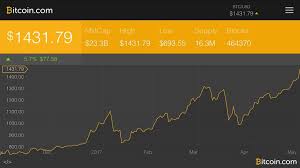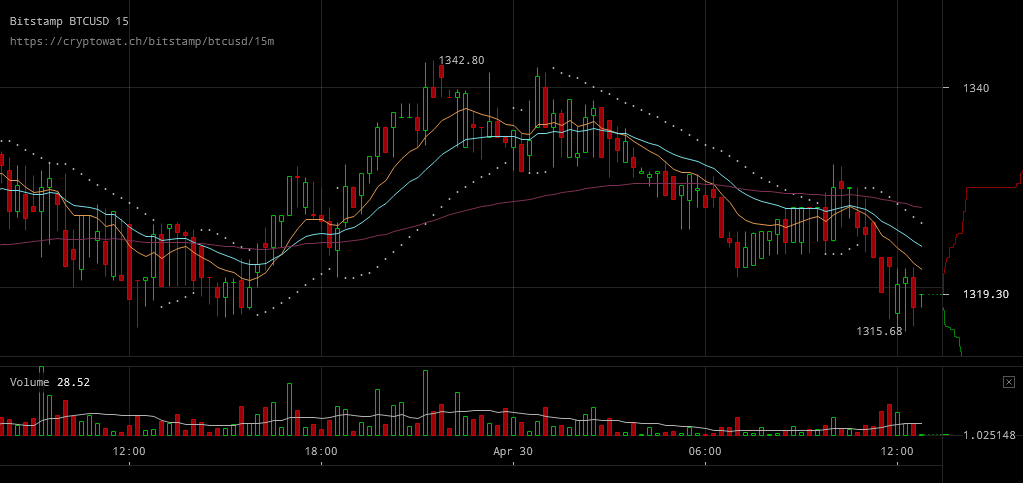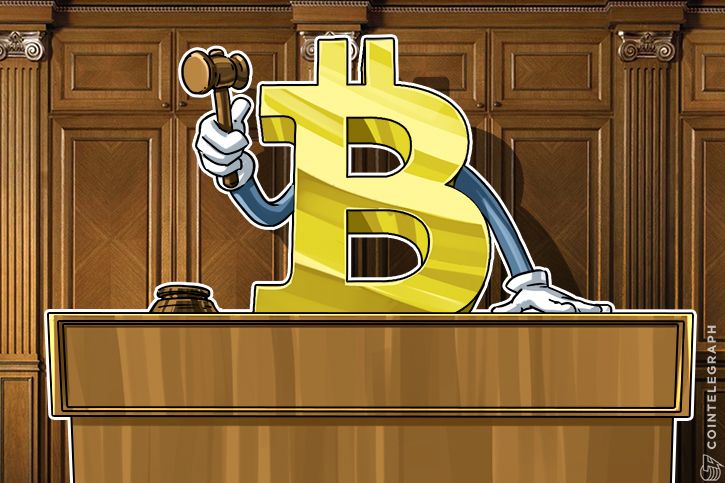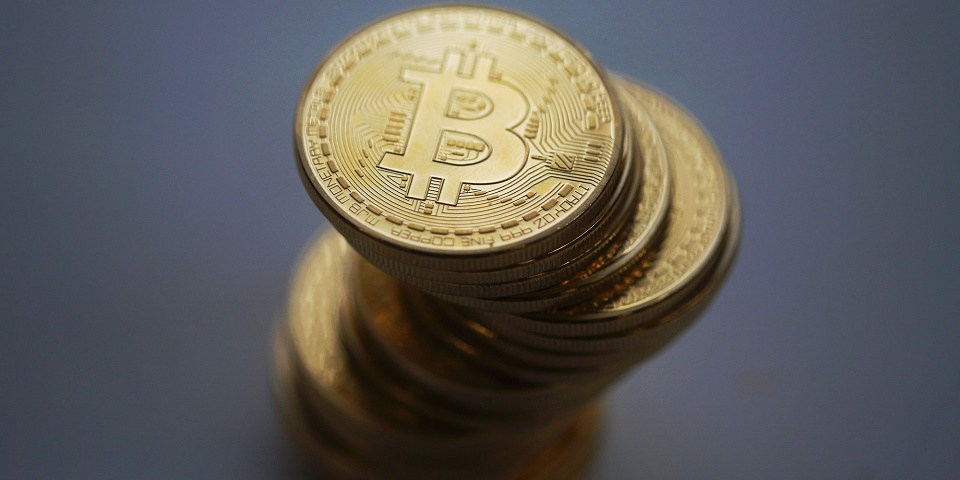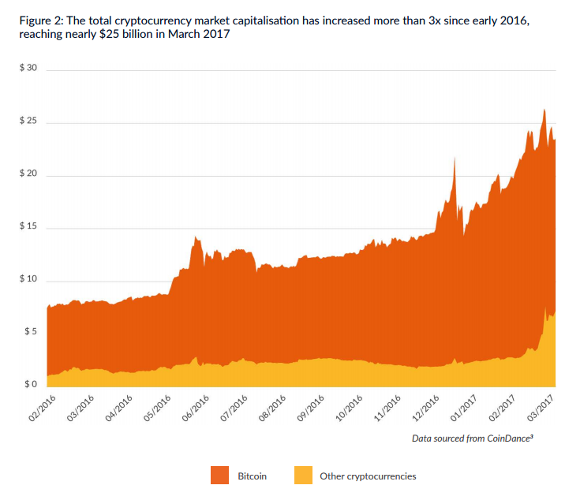What’s keeping Cryptocurrencies from mass adoption? – Part 2
Official Local Exchanges
Having to look other users in the eye can make a world of difference. Face-to-face exchanges at trusted locations means that the sale of a coin can be more easily limited, and this can act as a throttle to gauge demand. People on the “front lines,” seeing the real demand for the coin in person, can then vote to increase the price. Having stable locations to exchange the currency also creates consistency. It removes the guessing game of wondering where you can buy and sell your coin.
The advantages are not just purely economic, either. Cryptocurrencies don’t exactly have the best reputation thanks to their penchant for attracting unscrupulous people. Unethical or illegal businesses will tend to be voted out of cooperative networks with face-to-face exchanges, however, which can go a long way towards legitimizing the currency. It would still be possible to run such enterprises of course, but they would never be part of the co-op.
Local Exchange Dominance
This kind of approach can only work if there are dramatically more local exchanges than online exchanges. It would mean that the local exchanges would dictate the pricing of the currency.
Marketing Early Can Be Disastrous
Marketing is a powerful force, and as such it needs to be handled with care. On the one hand, founders naturally want to attract investment early on. This will raise the price of the coin and help pay for infrastructure, as well as boost the growth of the coin. On the other hand, historically the earliest investors in cryptocurrency have been extremely low quality—they are the speculators who doom the currency in the long run and scare away mainstream users.
With speculation, capital infusion is needed to keep the currency stable, which can be a significant task. Take Bitcoin for instance: With a market cap of roughly $20 billion, it would need a huge amount of capital to have a stable floor.
low and Steady Wins the Race
Cryptocurrencies are still in their infancy, and it’s hard to tell where the path for most of the major currencies is headed. What is the “finish line” that they are aiming for? What will the end game be?
Most cryptocurrencies have little direction besides the whims of the market, so there’s no telling where they will end up. However, there are a handful of interesting coins that have invested in strategies that nudge them in a specific direction.
The Central App Coin Method
This is a strategy that is centered around creating value with unique products and services that are associated with the currency. In this way, you could say that the currency is backed by something that people actually want.
For example, the MaidSafe network incentivizes users to provide something of value to the network (storage space), and offers the use of apps and services in return for coins. This naturally leads to better cooperation. People want to create value and channel their efforts towards the growth of the currency that they have in common.
The Setup and Switch Metho
Similar to the central app strategy, this method establishes a user base first, and then introduces the currency. Bitshares and its array of associated startups is a good example of this. Several networks with varying currencies—Steemit and their STEEM currency, Peerplays and their tokens, for instance—slowly built their user base and value exchange system, and now they plan to adopt a central currency with Bitshares. This allows them to create a stable base first before pooling their resources.
The Grassroots Movement
Finally, the best way for a currency to create that all-important foundation of true users is through bootstrapping. Just like a business startup, a currency like this would need a user base that believed in a common mission. It would need everyone in the system to be able to see the inherent value of the coin, and to understand that it could be worth much more than the value it is traded for in its early stages.
An example of one of these grassroots efforts is FairCoin. It’s a currency established and led by FairCoop, whose strategy is to build an ecosystem where businesses cooperate to give users maximum value. It is a currency built from the ground up to incentivize the long-term interests of users instead of their short-term greed—not just because it’s the right thing to do, but because it makes sense.
FairCoin focused from the beginning on building infrastructure for everyday users. Because of the strong relationships among members of the co-op, they can have thousands of ATM’s, debit cards, and exchanges that make mass adoption much easier.
An approach like this allows the currency to slowly build itself in the background without the need for a spotlight and the barrage of speculators that come with it. This offers the huge advantage of stability from the very beginning, though it does pose the problem that FairCoin has to bootstrap with less capital than most coins. Unlike other cryptocurrencies, they can’t rely on CoinMarketCap to sing their praises by displaying artificially rising prices (the effects of speculation).
In other words, FairCoin traded the excitement of volatility and greed for a quiet, long-term stability. The only problem is that people might not notice! Drama catches the human eye, after all.
Hard Forks
Let’s take a look at the hard fork that looms in the horizon for Bitcoin. As if things weren’t complicated enough, now there could be two competing chains for the currency. There are already many technical barriers to Bitcoin’s adoption among mainstream users, and this is yet another one. This makes the price even more uncertain, and uncertainty is like poison for a currency.
On the other hand, if you have a large community and a co-op on top of an immutable blockchain, then a hard fork is extremely unlikely—and unnecessary. Cryptocurrencies like MaidSafe, Bitshares, and FairCoin all represent solid communities that are incentivized to cooperate instead of speculate. This means that the coin can be worth more than its market price; it has a high inherent value within the system itself.
This makes it so that users have very little reason to defect from the existing community. A hard fork would mean giving up many benefits of the co-op, so people stay loyal to the original vision of the currency. When something deeper than just greed ties a community, hard forks don’t occur as often.
Conclusion
Stable prices don’t just happen by accident. They are not a miracle of the market—they require a carefully constructed foundation. A stable currency needs a stable ecosystem first.
While it’s tempting to market the currency too soon because capital injection can do a lot to raise prices in those critical early periods, it’s better to wait. Advertising is like opening up Pandora’s box and inviting the world to look inside. Some of those users will be interested in the actual currency, but others will be undesirable speculators that just leech off the system. For a currency to be stable, it needs to be used by “the 99%,” not just a handful of investors.
A currency needs to grow with the people, not past them. Look at the state of Bitcoin and its inflated prices. The everyday person can no longer either mine the coin or expect to use the coin in everyday transactions without high fees or risk. It has been given up to the speculators.
With a truly stable currency, on the other hand, you can have currency conversion, remittance, ATM withdrawals, and other financial services with lower fees than fiat systems. In other words, it can be used as intended—as money. This is what will ultimately attract a mainstream audience and will actually incentivize them to make the switch to cryptocurrency.
David Ogden
Entrepreneur
David
